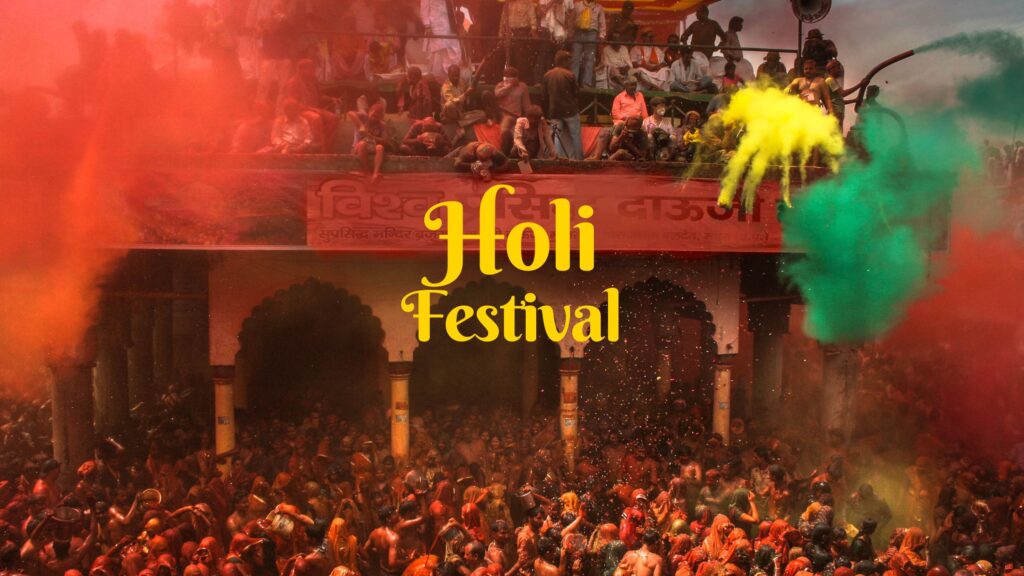The festival of Holi, also known as the “Festival of Colors,” is one of the most vibrant and colorful festivals in India. Celebrated on the full moon day in the Hindu month of Phalguna, which usually falls in February or March, Holi is a celebration of the arrival of spring, the victory of good over evil, and the bonding of relationships.
The history of Holi dates back to ancient India, with references to the festival found in several Hindu scriptures and epics. One of the most popular legends associated with Holi is the story of Holika and Prahlad from the Puranas. The story goes that Prahlad, a devotee of Lord Vishnu, was saved from the evil plans of his demon father Hiranyakashipu by Lord Vishnu himself. Holika, Hiranyakashipu’s sister, who was immune to fire, was burnt to ashes when she tried to kill Prahlad by carrying him into a fire.
The festival of Holi is also associated with Lord Krishna, who is said to have started the tradition of playing with colors. According to legend, Lord Krishna used to play Holi with his friends and his beloved Radha in Vrindavan, a small town in Uttar Pradesh. The tradition of playing with colors is said to symbolize the playful and mischievous nature of Lord Krishna.
The festival of Holi has a unique significance in different parts of India. In some regions, Holi is celebrated as a harvest festival, while in others, it is a celebration of love and relationships. However, the common theme that binds all the celebrations is the joyous spirit of the festival, with people coming together to celebrate, dance, and play with colors.
Apart from playing with colors, Holi is also marked by the exchange of sweets and delicacies, such as gujiya, mathri, and thandai. The festival is also marked by the lighting of bonfires on the eve of Holi, which symbolizes the destruction of evil and the triumph of good.
In conclusion, the festival of Holi is a vibrant celebration of spring, love, and relationships, with a rich history and deep cultural significance. The festival is a time for people to come together, play with colors, enjoy delicacies, and celebrate the joy of life. As India’s most colorful and exuberant festival, Holi truly represents the spirit and diversity of India.








